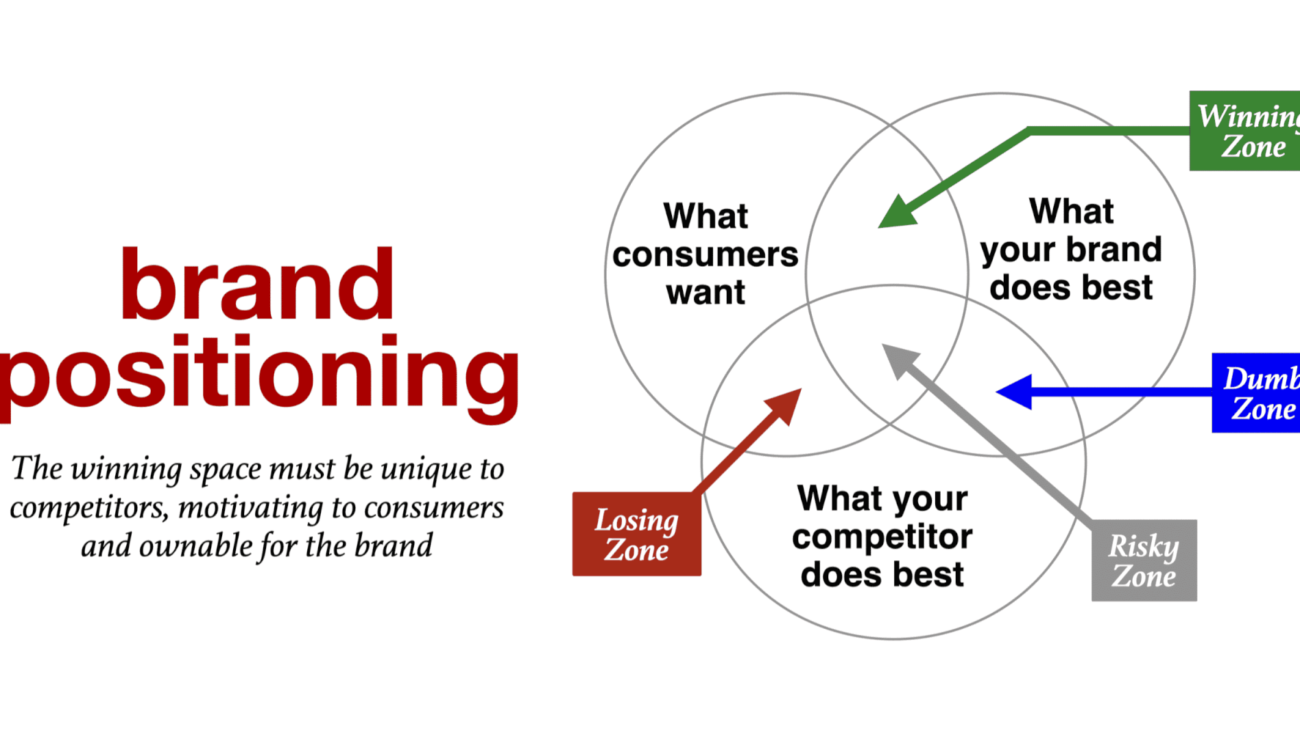In today’s digital world, brand monitoring and management are essential for protecting your digital reputation and ensuring that your brand remains strong and resilient in the face of challenges. Brand monitoring involves keeping a close eye on what people are saying about your brand online, while brand management involves taking proactive steps to shape and protect your brand’s image and reputation.
Start by setting up alerts for mentions of your brand name, products, and key personnel across social media, news sites, and review platforms. Regularly monitor these channels to stay informed about what people are saying about your brand and to identify any potential issues or opportunities.
Respond promptly to both positive and negative feedback. Acknowledge positive comments and thank customers for their support, and address negative comments and complaints with empathy and professionalism. By responding promptly and publicly to customer feedback, you can demonstrate your commitment to customer satisfaction and show that you take feedback seriously.
Regularly review and update your brand guidelines and social media policies to ensure that your team members are aligned with your brand’s values and messaging. Provide training and support to help your team members effectively manage your brand’s online reputation and respond to customer inquiries and complaints.
Stay proactive in managing your brand’s online presence. Regularly update your website and social media profiles with fresh content, engage with your audience on social media, and monitor industry trends and conversations to stay ahead of the curve.
By implementing effective brand monitoring and management strategies, you can protect your digital reputation and ensure that your brand remains strong and resilient in the face of challenges. By staying proactive and engaged, you can build trust and loyalty with your audience and position your brand for long-term success in the digital age.




